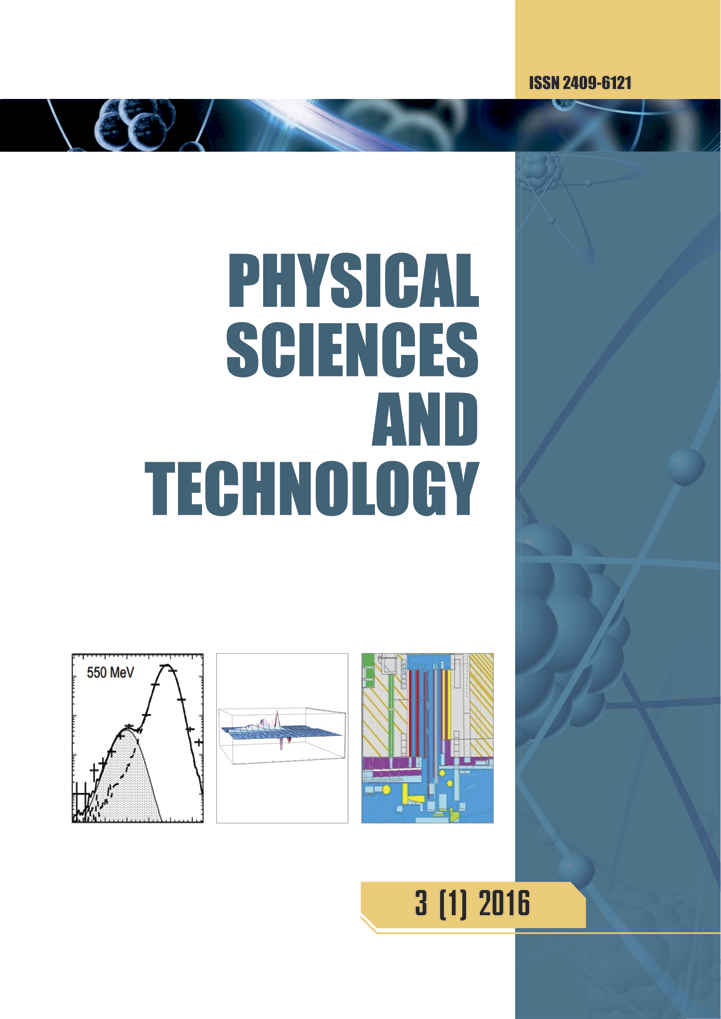Hydrogen production kinetics caused by the loss cooling flowing the center core of nuclear reactor
234 0
Keywords:
zirconium, hydrogen production, radiolysis, temperature, electricity.Abstract
The explosions at the Fukushima Daiichi nuclear plants were hydrogen explosions. This accident was caused by the loss of cooling flow. Although hydrogen (H2) is ubiquitous, it does not exist by itself naturally, so it must be separated out of substances such as water, but in the active zone where this separation ignored. Safety hydrogen separation can be accomplished in several ways. Heat can be used with chemicals and water (thermo chemical), or water can be charged with an electric current (electrolysis) to isolate H2. Some separation processes combine heat and electricity (steam electrolysis). In the present paper the production of hydrogen in accident case is analyzed. As long as it can provide electricity and process heat, any type of nuclear reactor can be used for the production of hydrogen. However, the reactor coolant and its maximum temperature are essential criteria for determining which reactor type is more appropriate for different production ocesses. Power size is also an important factor, as large reactors are more suitable for cogeneration of electricity and hydrogen production, whereas small sized plants are more suitable as single purpose plants (e.g. for hydrogen production only). Specific considerations are more relevant for specific types of reactors. For instance, the cost of hydrogen generation would be less attractive for a small sized plant to be used for hydrogen production only, as could be the case when using light water reactors for hydrogen production. However, it is possible to make this process more economically interesting, e.g., using off–peak power or cogeneration to reduce or share costs. Small and medium power reactors based on high temperature gas reactors (HTGR) are also an attractive option. Future advanced nuclear power plants, such as the very high temperature eactors (VHTR) or the Supercritical Water Cooled Reactor (SCWR) could provide not only the electricity needed, but also deliver relatively high temperature process heat, providing high net power cycle efficiencies.References
[1] Hori M. Nuclear Energy for Transportation: Paths Through Electricity, Hydrogen and Liquid Fuels // Prog. Nucl. Energy. – 2008. – Vol.50. – P.411.
[2] Yildiz B., Kazimi M.S. Efficiency of Hydrogen Production Systems Using Alternative Nuclear Energy Technologies // Inter. J. Hydrogen Energy. – 2006. – Vol.31. – P.77.
[3] C. Forsberg. Futures for Hydrogen Produced Using Nuclear Energy // Progress in Nuclear Energy. – 2005. – Vol.47.– P.484.
[2] Yildiz B., Kazimi M.S. Efficiency of Hydrogen Production Systems Using Alternative Nuclear Energy Technologies // Inter. J. Hydrogen Energy. – 2006. – Vol.31. – P.77.
[3] C. Forsberg. Futures for Hydrogen Produced Using Nuclear Energy // Progress in Nuclear Energy. – 2005. – Vol.47.– P.484.
Downloads
How to Cite
Ryspekova, A., Bolatov, Z., Kunakov, S., & Kenzheadilova, A. (2015). Hydrogen production kinetics caused by the loss cooling flowing the center core of nuclear reactor. Physical Sciences and Technology, 1(2). Retrieved from https://phst.kaznu.kz/index.php/journal/article/view/41
Issue
Section
Plasma Physics and Related Technology




